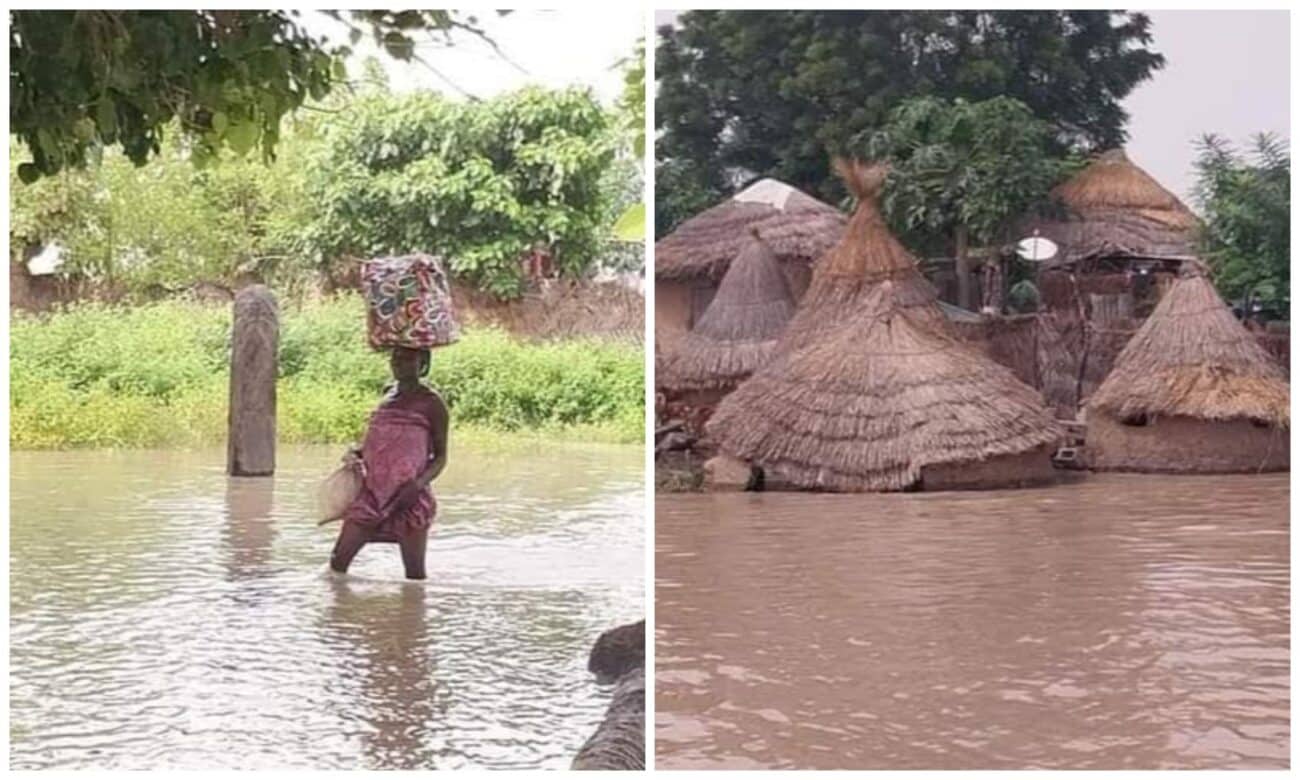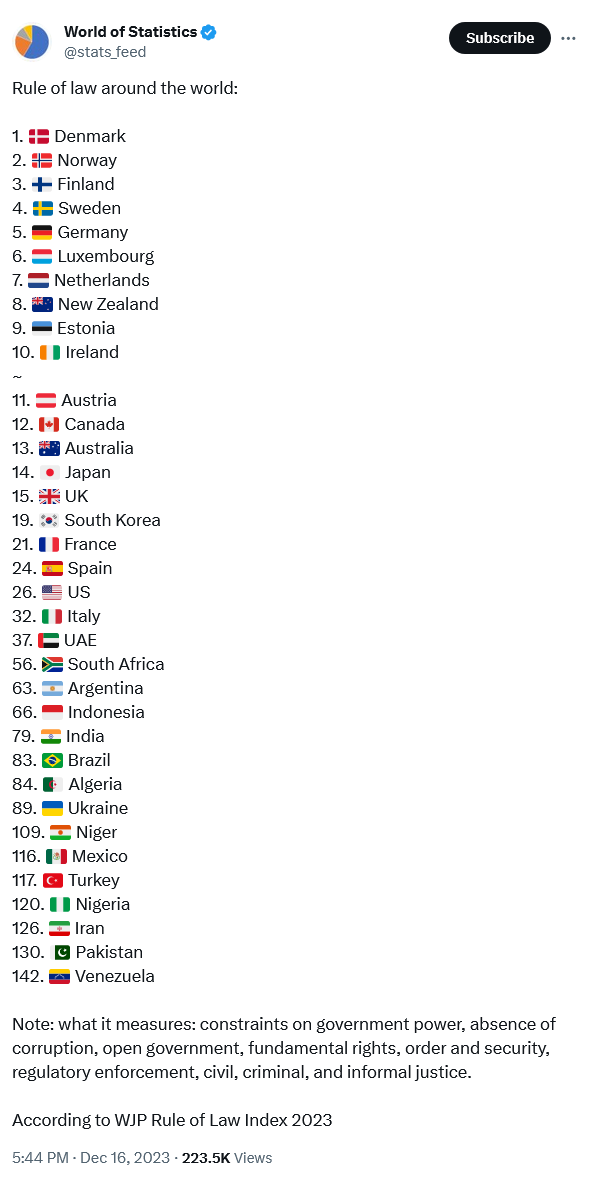Nigeria's recent flooding demands immediate action. Dive into the $4.6 billion crisis, exploring the impact on GDP and the crucial need for robust disaster management and climate adaptation strategies.
#NigeriaFlood #ClimateChange #DisasterManagement
Introduction
In recent weeks, Nigeria has faced the aftermath of catastrophic floods, submerging communities, displacing millions, and inflicting extensive damage. With the estimated cost soaring to a staggering $4.6 billion, a seismic impact on the nation's Gross Domestic Product (GDP) has been felt, demanding urgent attention and a holistic strategy.
The Impact of Flooding on Nigeria's Economy
The economic repercussions of these floods are profound, representing a setback for a nation striving to recover from the blows of the COVID-19 pandemic. Agricultural disruptions, infrastructural damage, and the destruction of homes and businesses are key contributors to hindered economic growth and development.
The agricultural sector, a major employer, bears a heavy toll. Farmlands submerged, crops destroyed, and livestock lost will lead to food shortages, elevated prices, and economic hardship.
Infrastructure, crucial for economic activity, faces widespread damage, affecting transportation, communication, and essential services.
The Role of Climate Change in Worsening Floods
Climate change intensifies the frequency and severity of extreme weather events like floods. Rising global temperatures and changes in land-use patterns contribute to more intense rainfall and increased runoff, evident in Nigeria's recent disaster.
The Need for a Comprehensive Approach to Disaster Management
Prevention:
Strengthen Flood Forecasting: Accurate warnings aid community preparation and evacuation.
Sustainable Land-Use Practices: Reforestation, wetland conservation, and sustainable agriculture mitigate runoff.
Flood-Resilient Infrastructure: Design buildings to withstand floods with resistant materials and construction techniques.
Preparedness:
Community Education: Raise awareness about flood risks, evacuation plans, and emergency preparedness.
Essential Supplies: Stockpile food, water, medicine, and essentials for emergencies.
Contingency Plans: Establish coordinated plans for response, including evacuation routes and communication protocols.
Response:
Emergency Response: Deploy personnel and resources promptly for immediate assistance.
Coordinated Relief: Ensure effective cooperation among government agencies, NGOs, and international partners.
Address Vulnerabilities: Identify and rectify underlying vulnerabilities, such as poverty and poor infrastructure.
Recovery:
Long-term Support: Aid in rebuilding homes, businesses, and infrastructure, promoting sustainable livelihoods.
Disaster Risk Reduction: Allocate resources to strengthen measures, including prevention and early warning systems.
Build Resilience: Promote climate-resilient practices and policies for enhanced recovery from future shocks.
Conclusion
The recent devastating floods in Nigeria emphasize the critical need for a comprehensive disaster management and climate adaptation strategy. By investing in prevention, preparedness, response, and recovery, Nigeria can pave the way towards a resilient and sustainable future in the face of climate challenges.













